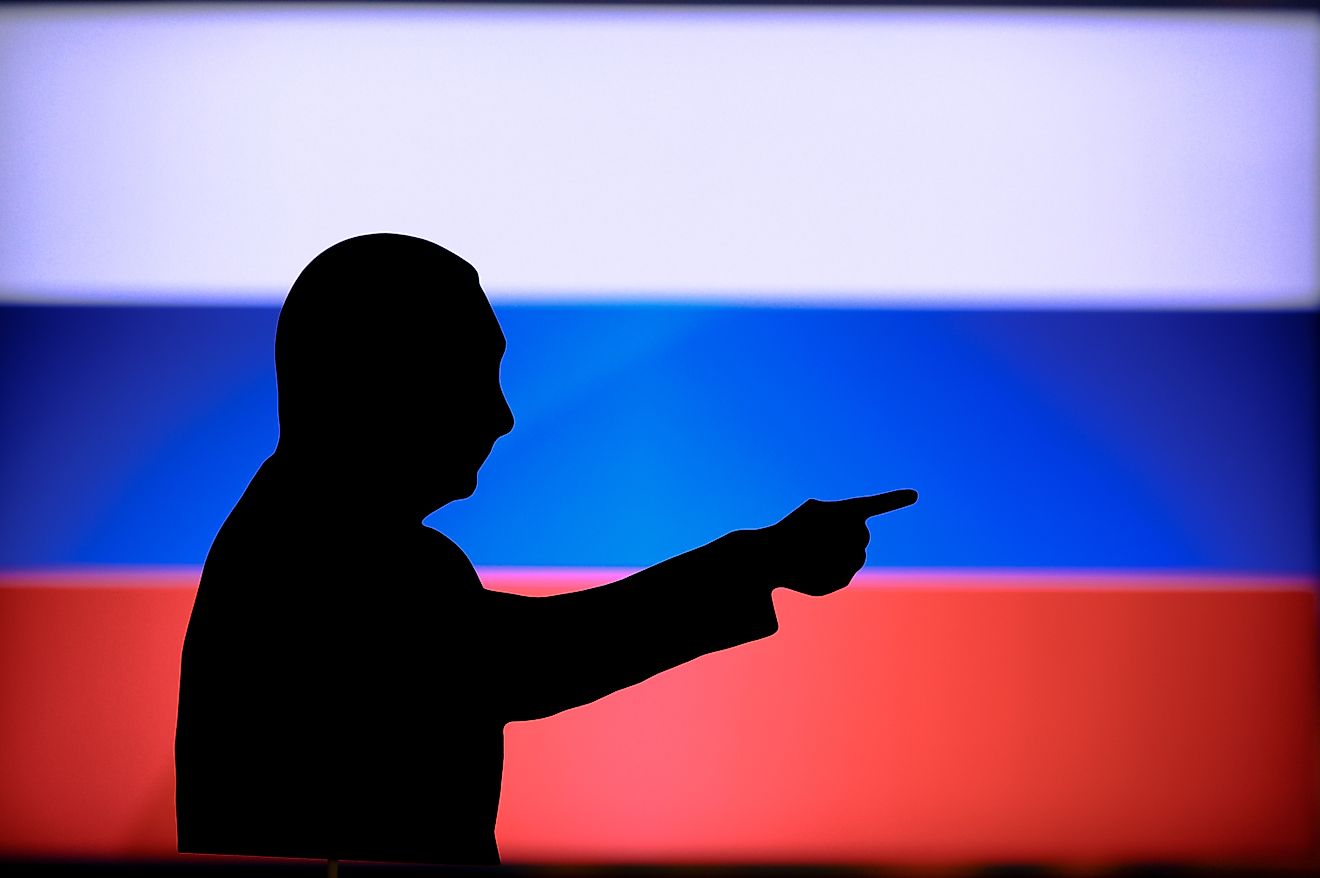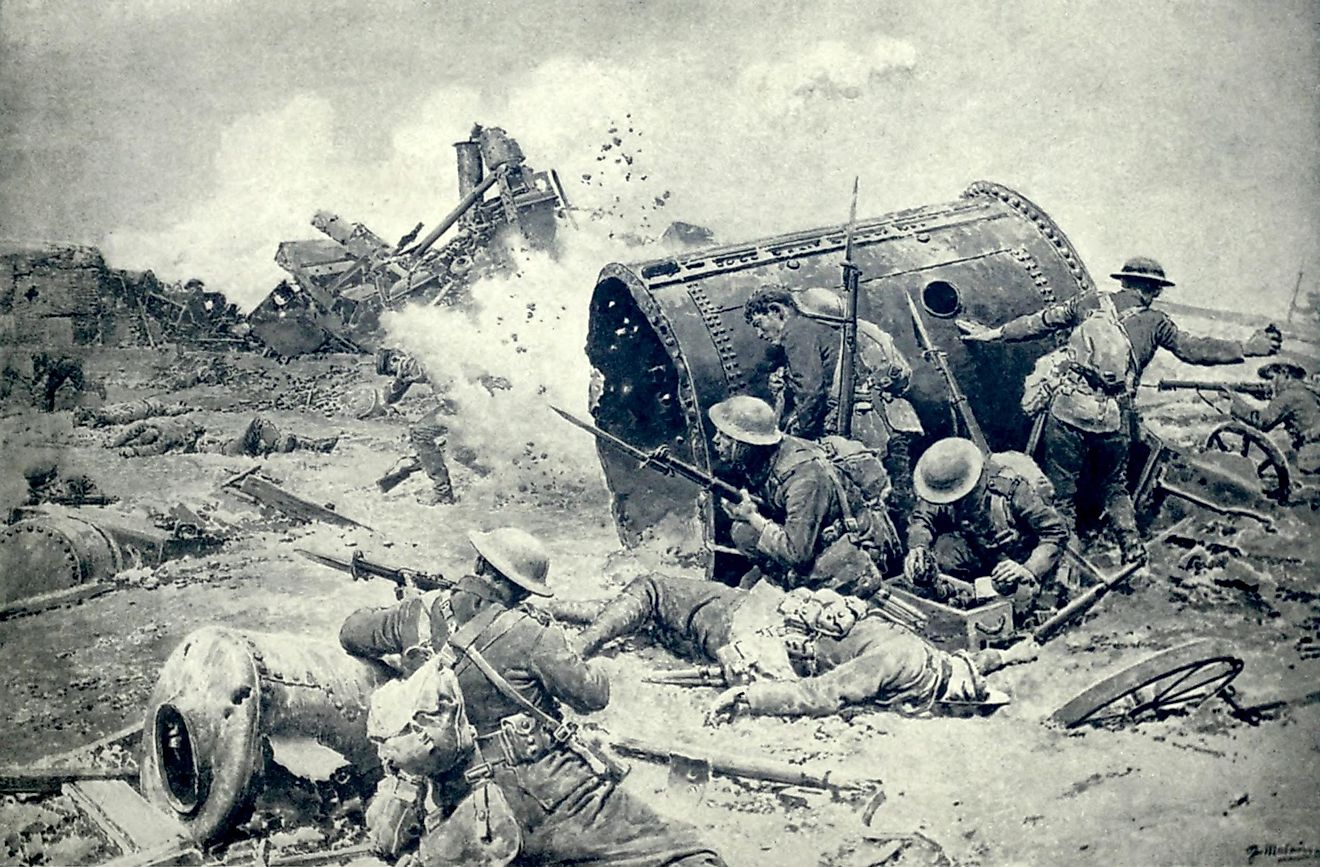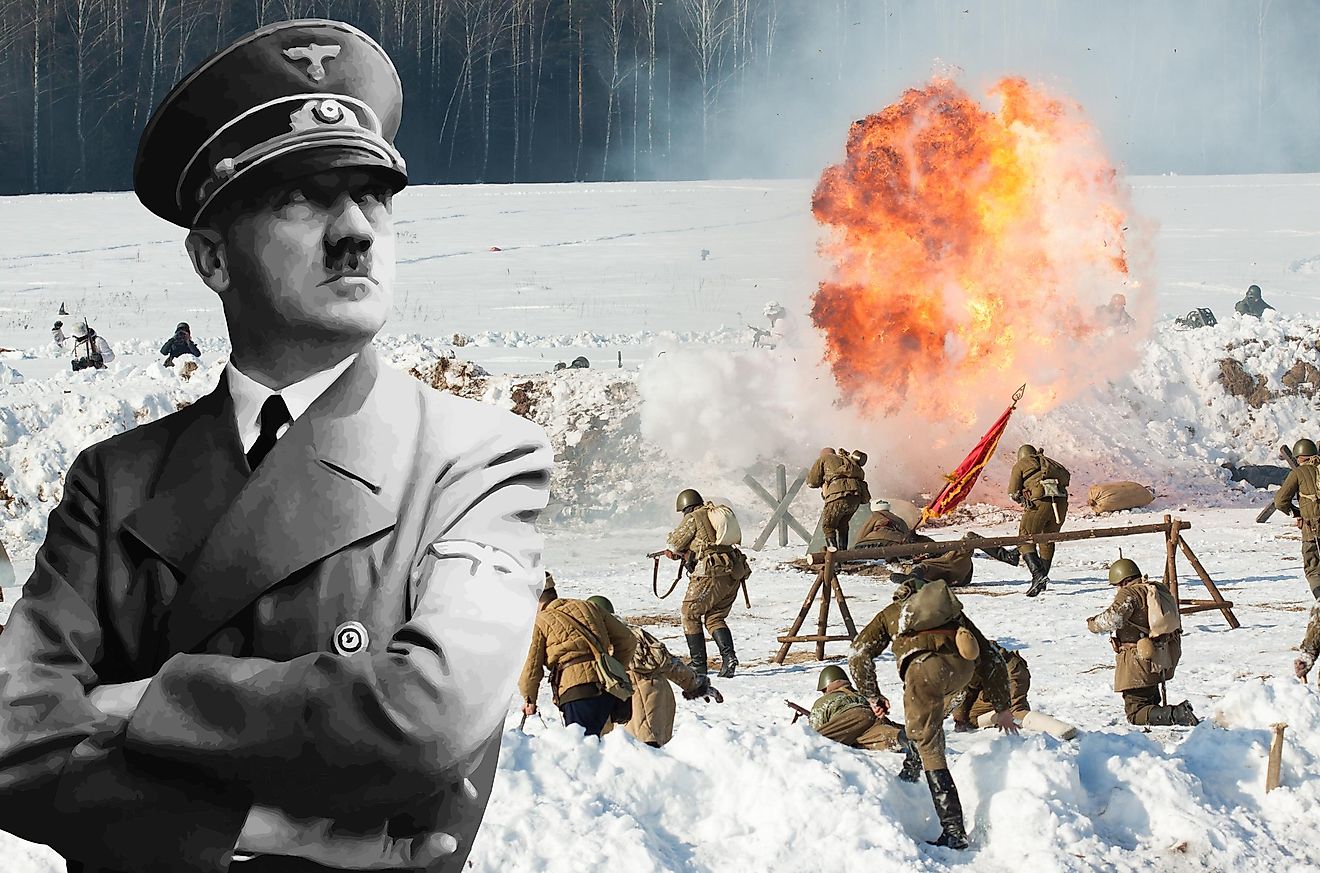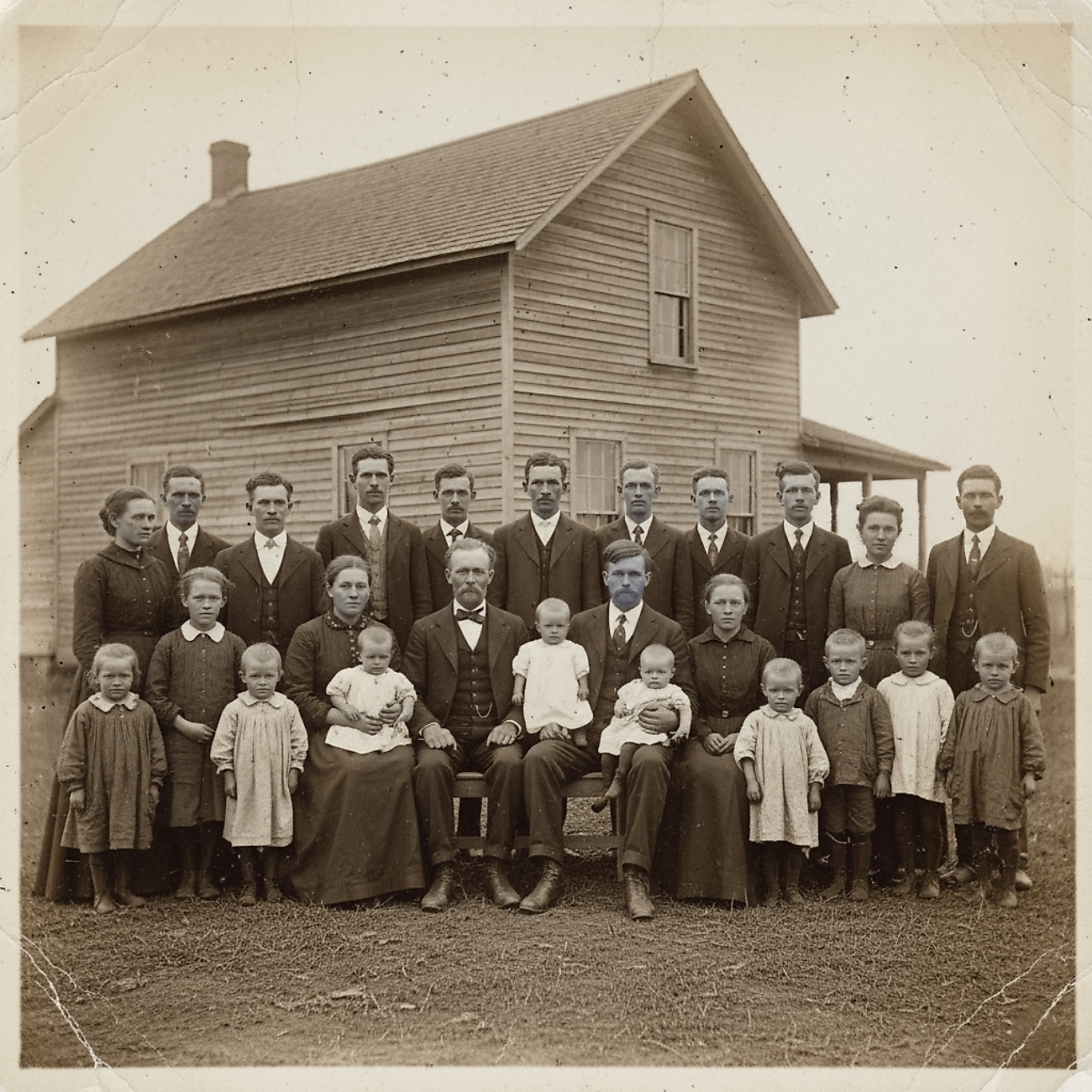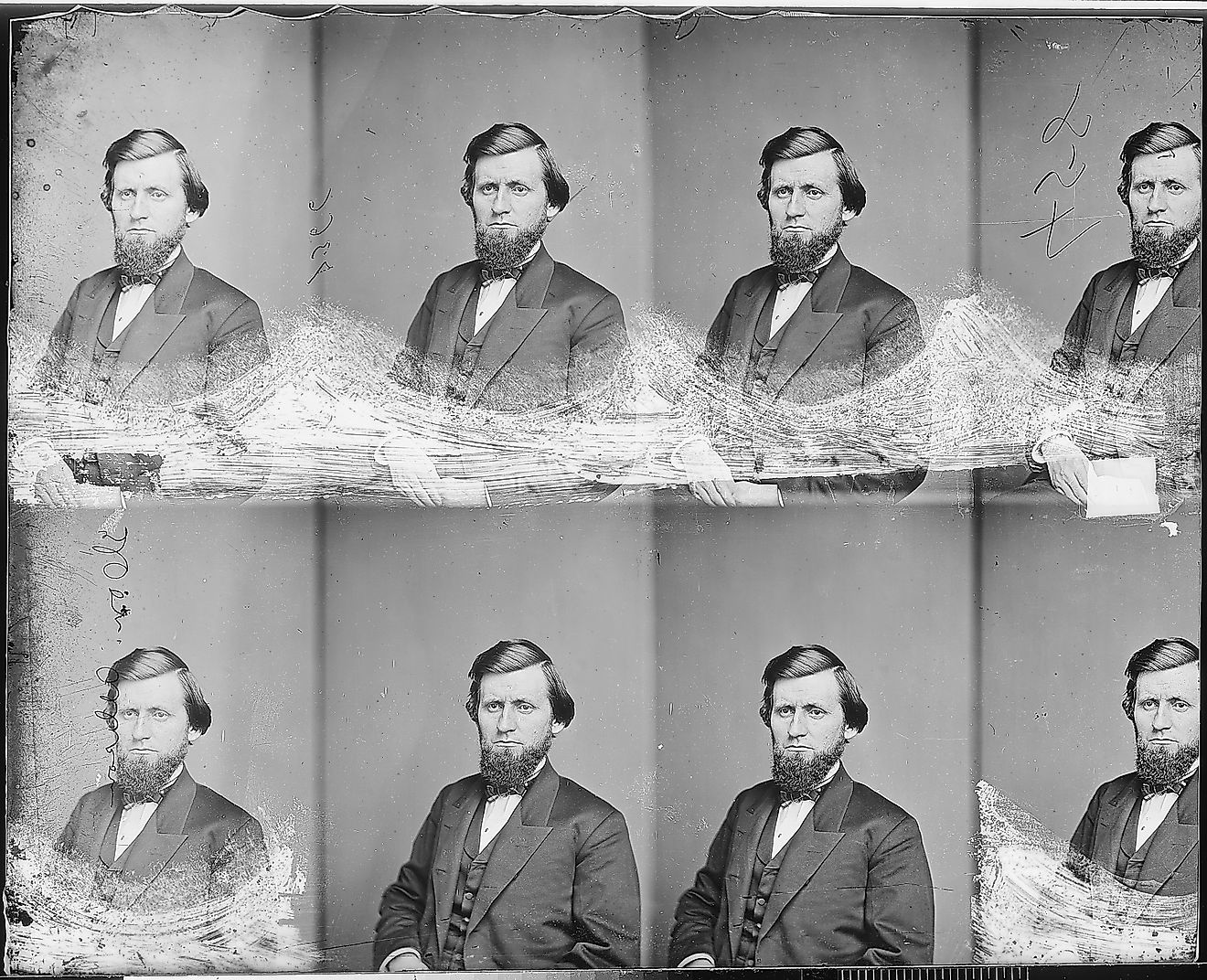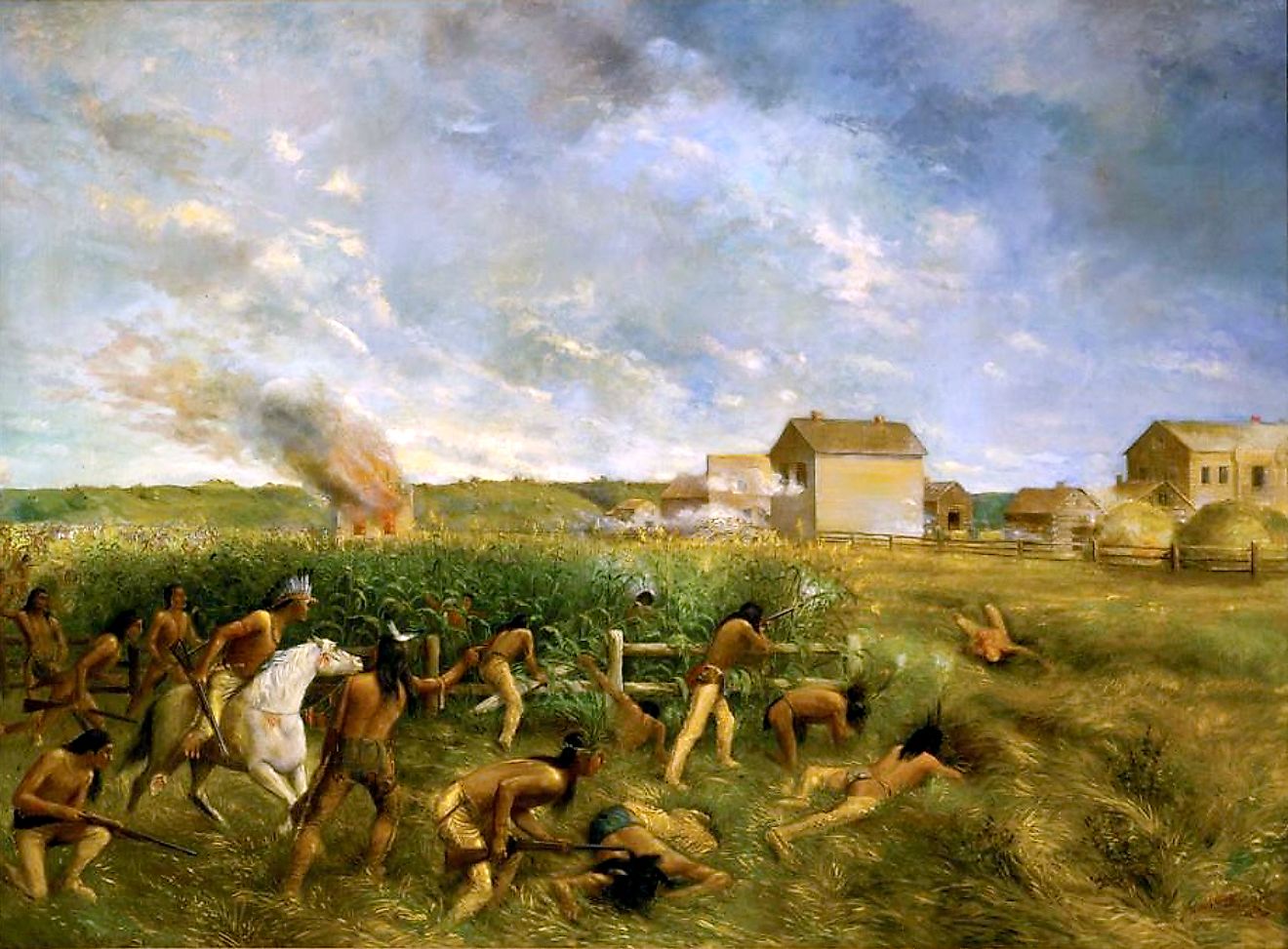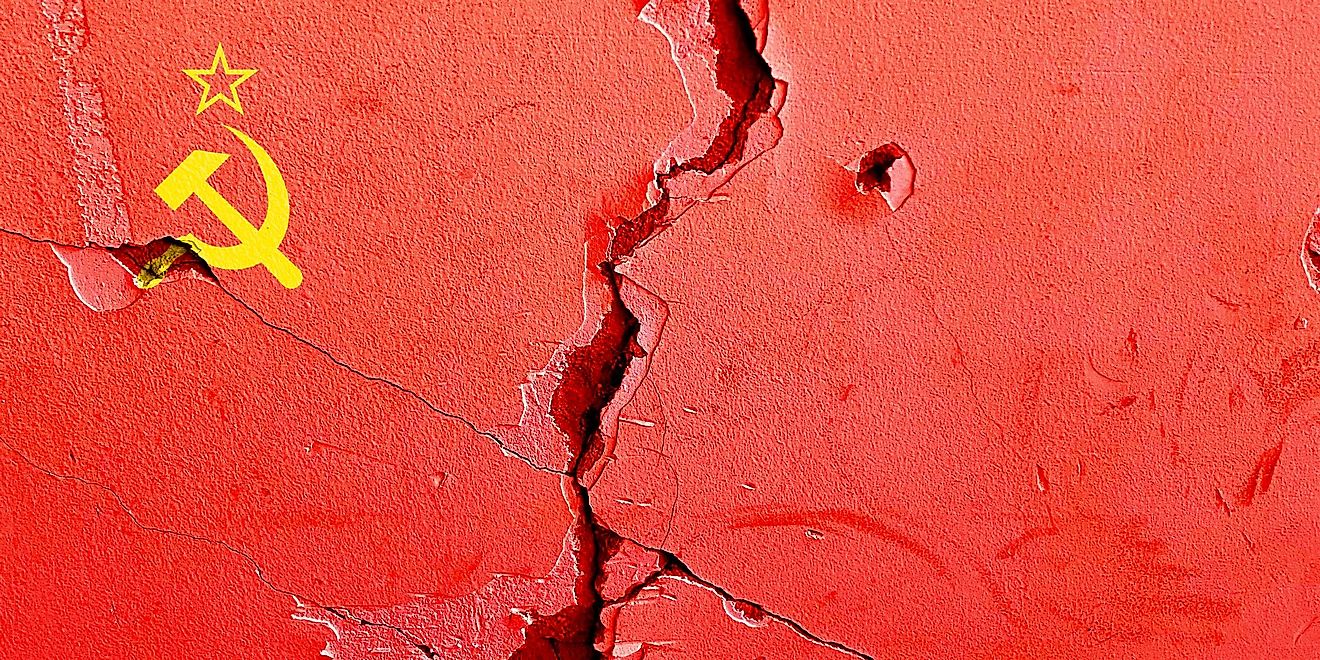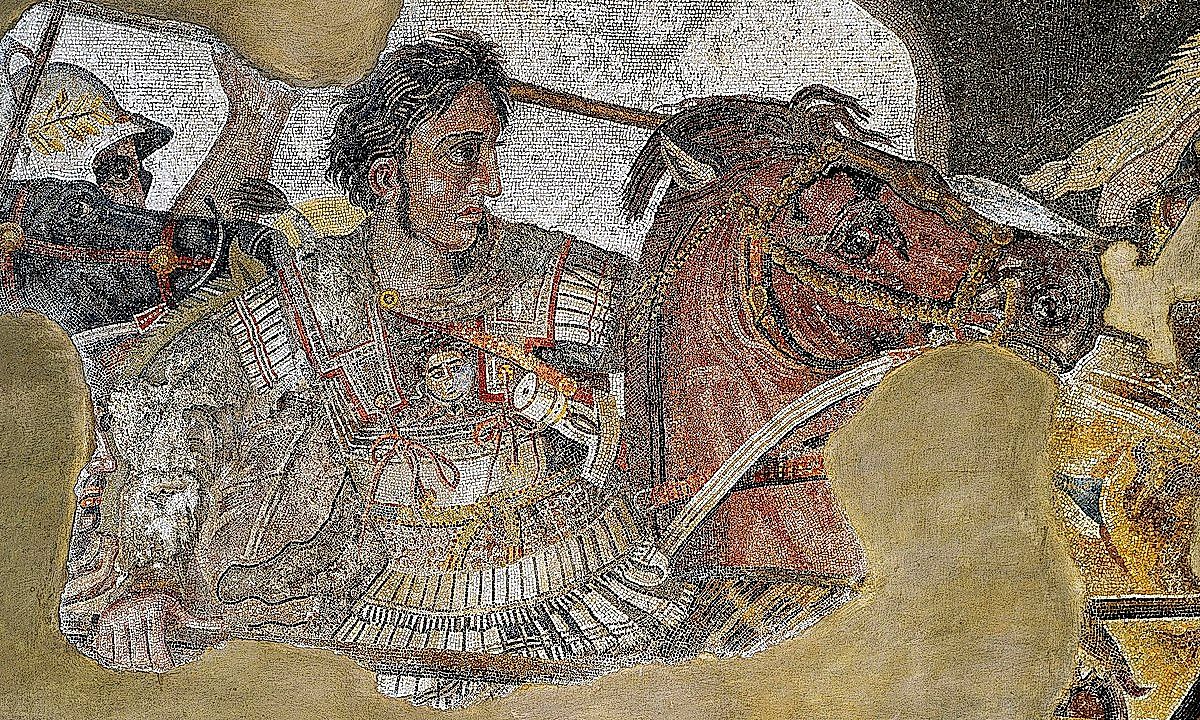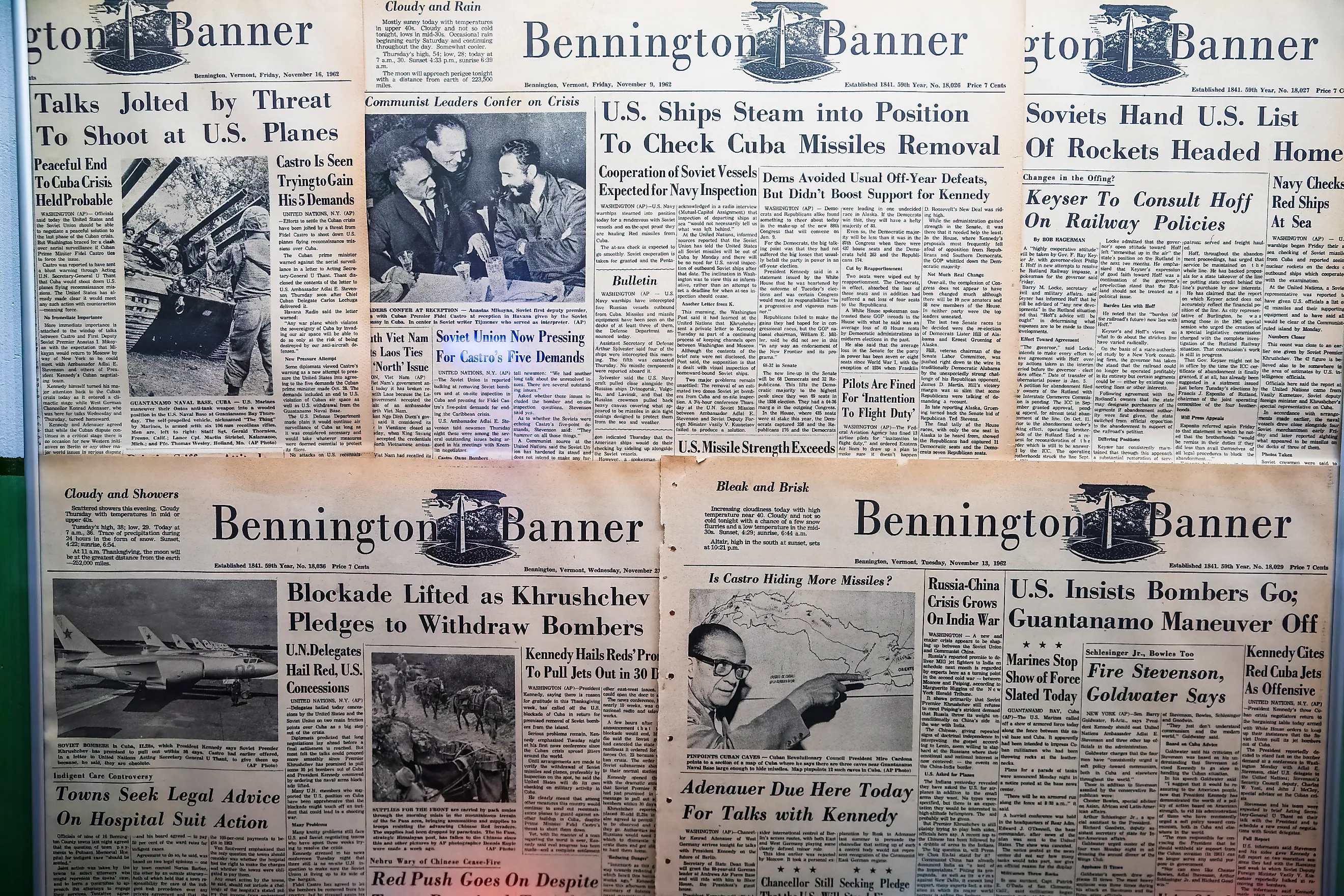
How Did The Cuban Missile Crisis Impact The Soviet Union?
The Cuban Missile Crisis was one of the most dangerous moments in history. Taking place during the arguably height of the Cold War, it was the closest the world ever came to nuclear war between the United States (US) and the Soviet Union (USSR). However, in the West, the Cuban Missile Crisis is often understood from the American perspective. This is an incomplete picture; indeed, by understanding the crisis from the Soviets' point of view, one can better comprehend its historical significance.
Background
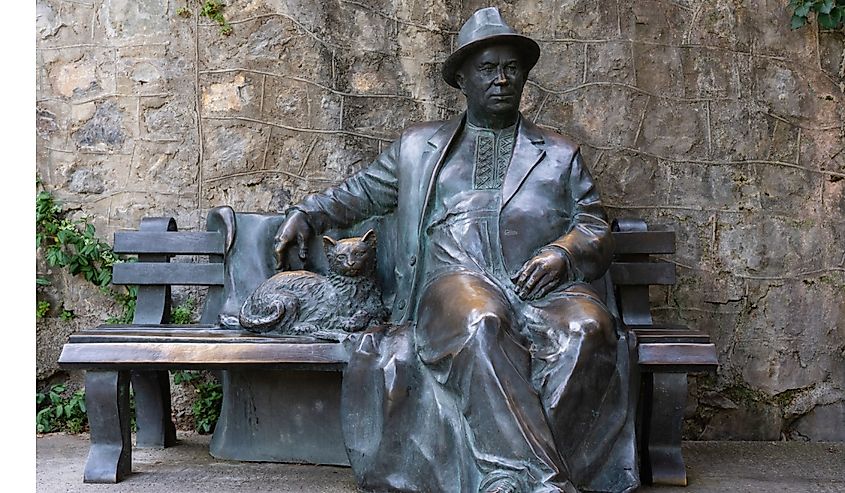
One cannot talk about the Cuban Missile Crisis's impact on the Soviet Union without first addressing Nikita Khruschev. Emerging as the leader of the USSR in the mid-1950s, Khruschev had the monumental task of governing a country that Joseph Stalin had led for over twenty years. Regardless, Khrushchev's early reign had some key successes that bolstered his legitimacy. For instance, his de-Stalinisation campaign saw the release of millions of prisoners from the Gulag and ultimately, the end of the Gulag prison system altogether. The Soviets' success in the space race also gave Khrushchev leverage in diplomatic endeavors by demonstrating the strength of the communist system in comparison to capitalism. Finally, Khrushchev's Virgin Lands program, which aimed to cultivate previously unfarmed areas in Central Asia and Siberia, resulted in a substantial increase in Soviet agricultural output.
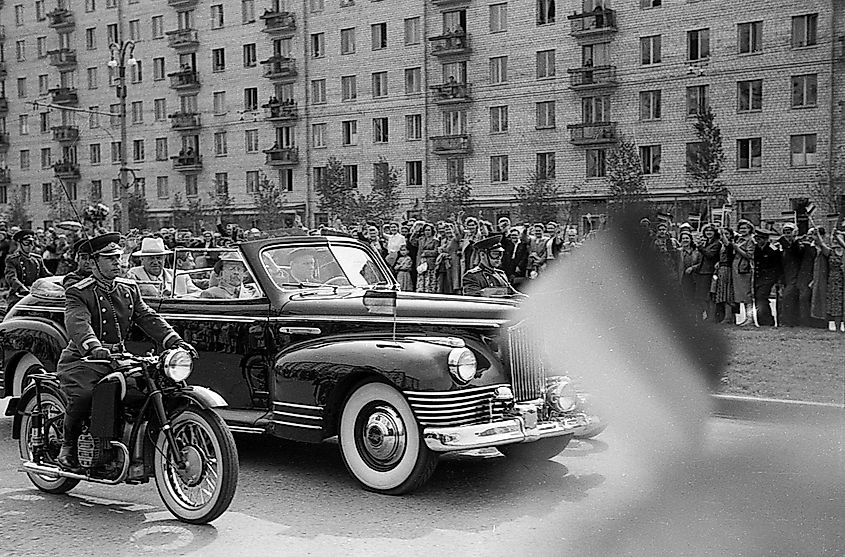
However, by the early 1960s, Khrushchev began to experience some difficulties. The Virgin Lands Program, while initially successful, did not address the fundamental problems in the Soviet agricultural system, and thus its efficacy had begun to wane. Furthermore, Khrushchev suggested at the 22nd Party Congress in 1961 that for true communism to be implemented, new leadership needed to be brought in every three years. This direct attack on the privileges of those in the upper echelons of the Communist Party made Khruschev unpopular. Some embarrassing diplomatic events, including an incident at the United Nations (UN) in October 1960 in which Khrushchev banged his shoe on his desk to protest a speech by the Philippine delegate, also made Khrushchev's grip on power increasingly tenuous.
The Nuclear Context
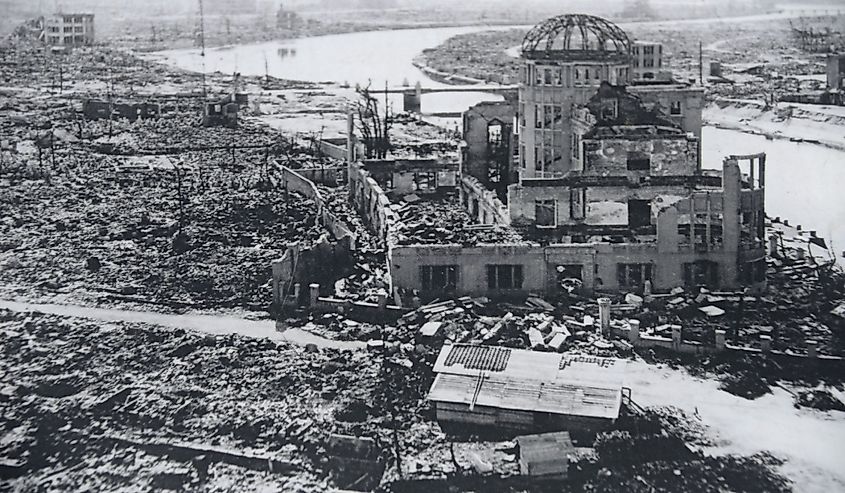
On top of domestic political tensions in the USSR, the late 1950s and early 1960s also saw an escalation of the Cold War. In 1945, the United States successfully tested the atomic bomb, using it shortly thereafter on Japan. This was followed by the Soviets successfully testing the atomic bomb in 1949. The Americans then detonated a hydrogen bomb in 1952, followed by the Soviets doing the same in 1953. Despite this technological parity, the US still possessed a strategic advantage. Having allies across Western Europe meant that they could station short-range missiles and bombers close to the Soviet Union. On the other hand, if nuclear weapons were ever to be used by the Soviets, their only option was to send long-range bombers on a suicide mission across the Atlantic Ocean to drop them.
The Cuban Missile Crisis
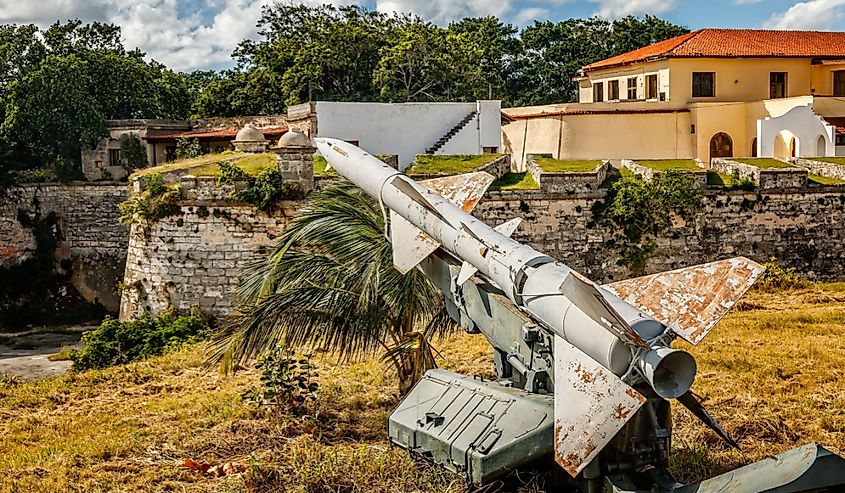
With Fidel Castro's rise to power and Cuba subsequently turning communist in 1959, it had significant implications for this strategic disparity. Indeed, by having an ally fewer than 100 miles from Florida, the Soviets now had the option to place their missiles near American soil. In an attempt to eliminate this possibility, the United States invaded Cuba in April 1961 in the "Bay of Pigs Invasion." This operation, which aimed to remove Castro, failed and only solidified the Cuban leader's position. Furthermore, to prevent another American invasion and lessen the strategic nuclear gap (which had recently been widened further when American nuclear missiles were stationed in Italy and Turkey), Khruschev placed Soviet nuclear missiles in Cuba. American intelligence discovered he had done so and, viewing it as unacceptable to have nuclear weapons within firing range of every major American city, President John F. Kennedy (JFK) ordered a blockade of Cuba in October 1962.
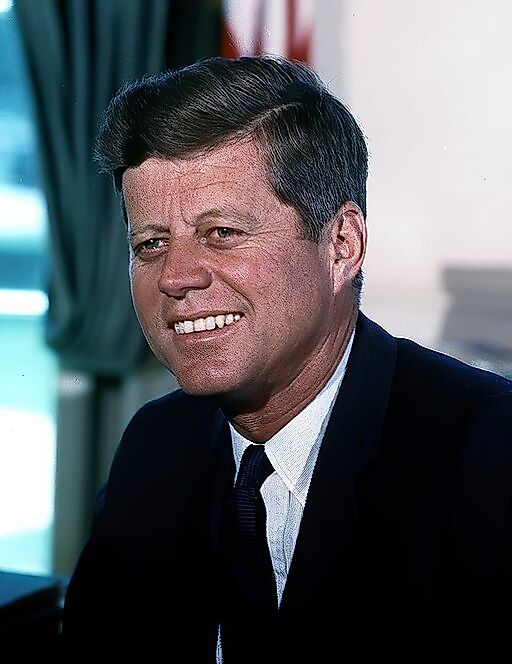
From October 16th to October 28th, the Cuban Missile Crisis (known as the Caribbean Crisis to the Soviets, reflecting their strategic interest in having missiles in the Caribbean) saw the United States and the USSR locked in a stalemate. Kennedy and his advisors discussed whether or not to invade Cuba, while Khruschev and his advisors also debated what to do. In one particularly tense moment on October 26th, Castro, who was convinced that an invasion of Cuba was imminent, sent a telegram to Khrushchev urging him to do a pre-emptive nuclear strike on the United States. However, through a series of secret negotiations, beginning with a telegram from Khrushchev to Kennedy, nuclear war was averted, and the crisis ended on October 28th. Khrushchev agreed to take the missiles out of Cuba, and Kennedy did the same in Turkey and Italy. The blockade of Cuba then officially ended on November 20th, 1962.
The Aftermath and Legacy

The Cuban Missile Crisis had significant implications. Regarding US-Soviet relations, both sides recognized that a nuclear conflict was in no one's interest. Therefore, a hotline was created between Washington and Moscow to help facilitate discussions in case tensions ever again reached a boiling point. Concerning the Soviet Union itself, the Cuban Missile Crisis played a significant role in Nikita Khrushchev's downfall. Many in the upper echelons of the Soviet government believed that he had lost the "game of chicken" with Kennedy. When combined with all the other problems, including the waning success of the Virgin Lands program, the attempt to push party leaders out of power, and the shoe incident at the UN, Khrushchev's position was increasingly perilous. Thus, in October 1964, after returning from vacation, Khruschev was informed that his resignation had been accepted. Rather than fighting to stay in power, Khruschev accepted the situation and began his retirement. Hence, in addition to its international implications, the Cuban Missile Crisis also led to significant political changes within the USSR.
